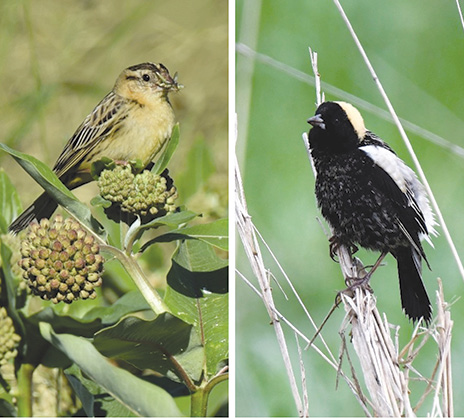In college the guys who lived in the triple down the hall were big fans of southern rock, and more often than not, their theme song, “Green Grass and High Tides” by the Outlaws would be blaring in the midnight hour. I admit it was a pretty catchy tune, albeit lengthy, and sometimes it finds its way into my head after all these years and stays there on repeat for several hours. It’s pretty hard to have something against green grass or high tides.
Long before my college days I loved fields of tall timothy grass, the more infused with clover, daisies, vetch and dandelions the better. As kids we had several meadows nearby and would spend hours tamping down the grass to make a network of trails that sheltered us from the great big world. We’d hole up and make daisy chains and crowns of dandelions. Every buttercup we encountered would have to be held under the chin of the nearest passerby to reveal if he or she liked butter or not. To this day I have never met anyone who does not like butter and would be very suspicious of someone who doesn’t. We knew which kinds of grasses had the best heads for tickling, which ones tangled around your legs when you tried to walk, and which were best for chewing on. The really cool kids could hold a blade of certain grass between their fingers and lips and make the best whistle known to all of mankind. I was not one of those cool kids.
We would frequently traverse these fields of grass, and if we were lucky we might scare up a redwing blackbird, meadowlark or a bobolink. The nests that these birds rose up from were never revealed despite hours of looking on our part. These days, fields of tall grass are not as common as they once were, and that makes it hard on the wildlife that calls the grass home. Lucky for us, like bookends on either side of town, we have two preserved meadows. Near the Southwick town line, we have the Wildlife Management Area, which is an extensive grassland, and at Hilltop Farm there are several fields where tall waving grass has set down roots. There is also a slice of heaven in the form of grass on the Suffield Land Conservancy’s Silver Creek property.
The bobolink, a songbird, is one of the stars of these habitats. About the size of a sparrow, the male bobolink is mostly black with a striking top half of black and white and a yellow patch on the back of his neck resembling a pulled-down hood. The female and non-breeding males are mostly tan with some streaks of darker brown. The male establishes a territory and sings and flutters in the field of tall grass. He finds a mate and they make a nest and raise a brood of 5-6 chicks . They feed the chicks a variety of insects and seeds until they fledge and spend the rest of the summer getting ready for their long migration to South America. They rely on grasslands as a habitat, and these spaces are harder to come by and are often mowed in the early summer which can dash the hopes of a bobolink’s breeding efforts.

A female Bobolink (left) found herself a tasty treat while a male (right) takes a break from foraging in the grasslands.
So, leave the mower in the shed and look quickly for the male in his breeding plumage before summer gets away, and he adopts a more subtle coloration. It is definitely worth a long, long look. And don’t just take my word for the beauty and rapture of the bobolink. Several poets have crafted works featuring the bobolink including Emily Dickinson, Wiliam Cullen Byrant, and Mary Oliver. And in these challenging times for birds and man, it is comforting to turn to Mary Oliver’s words as we ask and answer “what will open the dark fields of your mind? …only a long, lovely field full of bobolinks.” It sure can’t hurt.